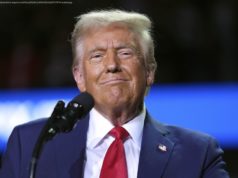The country’s current struggles show the problems of the Beijing way—and make the case for freedom.
China’s economy is struggling post-COVID-19. Growth is slower than expected, demographic trends are negative, youth unemployment is high, overbuilding has created a housing crisis, and government indebtedness is ballooning. These are only a few of the symptoms ailing the country, and things could get worse. Did any of the Americans who not long ago wanted to implement some of China’s top-down economic policies see this coming? Of course not. We’ve seen these pessimists make similar mistakes before.
Indeed, much of the economic narrative of the late 20th century was consumed by Japan’s meteoric rise. Just a few decades ago, many in academic and policymaking spheres made similar predictions about how Japan’s postwar resurgence portended U.S. demise. Many also advocated replacing our free market policies with the heavy-handed economic interventions that they were confident formed the secret sauce of Japan’s fast growth: industrial policy.
We should always be suspicious of single-factor explanations of an extremely complex phenomenon like economic growth. Japan’s once-famed Ministry of International Trade and Industry (MITI), the agency in charge of its industrial policy, was only one of millions of decision makers large and small that were operating, producing, and investing in Japan. While MITI was indeed involved in various aspects of the Japanese economy, with a major focus on strengthening the country’s industrial base and increasing its exports, the narrative that it masterminded Japan’s growth was grossly overstated.






